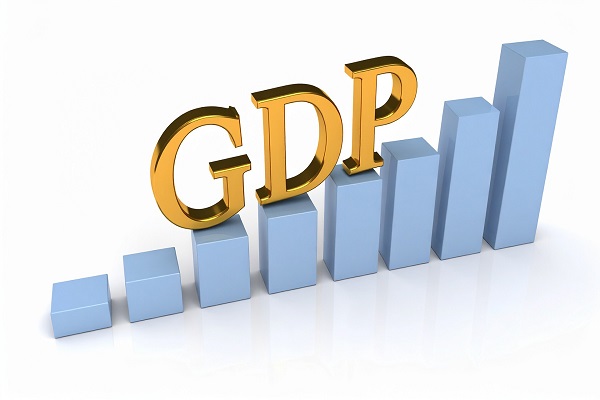Is India ready for capex-led recovery? - Motilal Oswal

Is India ready for capex-led recovery?
All you want to know about India’s investments
* We have long argued that India’s economic growth model has to shift from a consumption-driven to an investment-led one. With COVID-19 hurting India’s Household (HH) and Government sectors adversely, the continuity of strong consumption growth is in question. On the contrary, with listed companies’ financial positions improving and an uptick in household investments in the Real Estate sector (called physical savings), the narrative of investment-led recovery is gaining momentum. In this note, we discuss whether COVID-19 could act as an inflection point to shift India’s growth model towards investments.
* We have discussed and explained India’s investment story in great detail in this note. We understand and ascertain the need and ability of various economic participants – households, governments, listed companies, and unlisted corporates – to increase their fixed asset investments in the immediate future based on their financial position.
* Unlike most other major nations, the Corporate sector (listed + unlisted) accounts for only about half of the total investments in India. The HH sector (including unincorporated enterprises) accounts for an unusually large share of 35– 40% in India’s investments, while the remaining 12–13% is contributed by the governments (center and states).
* Data on corporate investments1 reveals that while BSE500 companies2 account for just 12% of the total investments in the country, the size of the remaining Corporate sector (including other listed and unlisted/unregistered companies) is almost 3x in terms of the contribution to India’s investments. While the former has come out stronger from COVID-19 – with better profitability and lower leverage – the aggregate corporate profitability has declined in FY21 and debt-to-GDP ratio of the non-BSE500 Corporate sector has risen. Furthermore, the weak efficiency of existing fixed assets of BSE500 companies and low capacity utilization in the Manufacturing sector raise doubts over the need for listed companies to increase their fixed asset investments in the immediate future.
* Besides this, the demand environment is expected to remain subdued with the weak financial positions of the HH and Government sectors. Despite household investments picking up strongly in 2HFY21 (partly led by pent-up demand and partly by various incentives from authorities), given that Indian households bore the maximum brunt of COVID-led losses in CY20 (and CY21), we believe household spending would remain subdued over the next few years.
* Within the government, the center contributes just ~5% and all state governments together account for another 7% of the total investments in India. As we have explained in a separate note, considering the revised fiscal deficit roadmap for the next five years (up to FY26, year ending Mar’26), even if we assume better receipt buoyancy by the general government (GG; center + states), total spending growth is almost certain to be slower (@7–10%) than in the pre-COVID period (@12.5%). Since a large portion of the government spending is non-discretionary, it is highly unlikely that the government would be able to grow capex at a much faster pace.
* Considering these facts, in this note, we share our skepticism regarding the shift from consumption-driven to capex-led recovery in India. Unless the Household, Unlisted Corporate, and Government sectors can improve their financial positions – leading to a demand uptick – a strong revival in investments seems challenging.
* If so, this has direct implications on India’s credit growth, which may remain subdued due to weak corporate investments. Corporate debt (including banks and other sources) has barely increased in the past few quarters, and the share of the Corporate sector has fallen from 55% to 45% of the banks’ total credit in the past few years. Consequently, retail/household credit could be more aggressively pushed by the lenders. It will be interesting to see whether Indian households catch the bait.
To Read Complete Report & Disclaimer Click Here
For More Motilal Oswal Securities Ltd Disclaimer http://www.motilaloswal.com/MOSLdisclaimer/disclaimer.html SEBI Registration number is INH000000412
Above views are of the author and not of the website kindly read disclaimer





















